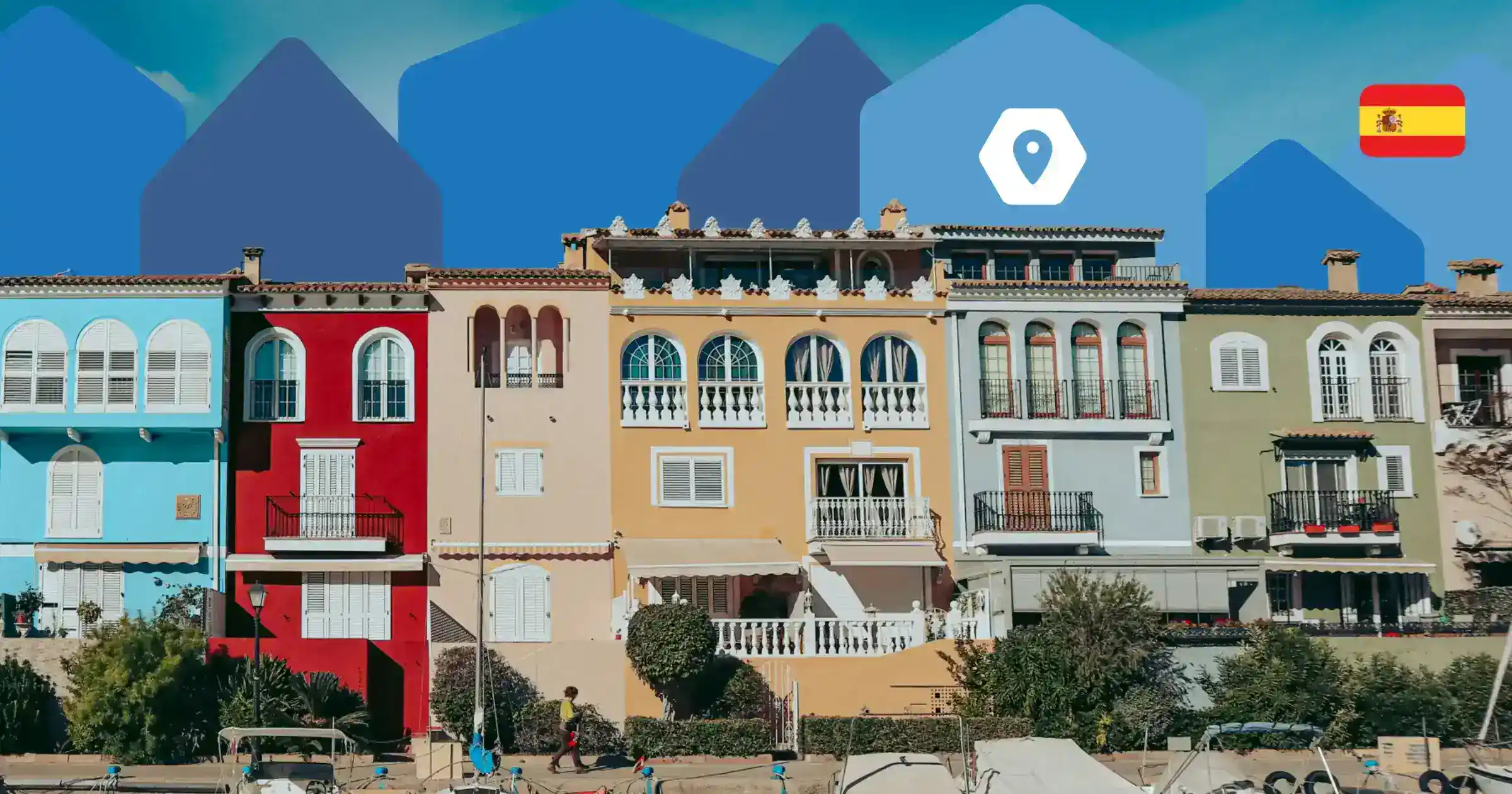- Two main visa routes address Spain's 2025 blue-collar shortages:
The Job Seeker Visa allows non-EU talent a 12-month in-country job search, requiring €2,400/month proof of funds; Blue Collar Work Visas enable immediate, employer-sponsored hiring with a streamlined minimum salary threshold (€1,184/month) for fast onboarding. - Distinct strategic advantages for HR:
The Job Seeker Visa is ideal for building a pipeline of motivated, networked blue-collar talent before sponsorship, while the Blue Collar Work Visa delivers rapid, compliant deployment for urgent hires in sectors like construction, agriculture, and logistics. - Flexible transition and retention options:
Job Seeker Visa holders can switch to employer-sponsored work status upon landing an offer, and Blue Collar hires can renew visas for up to four years—opening a pathway to permanent residency and long-term workforce stability. - Hybrid hiring strategies are optimal for 2025:
Combining both visas—scouting broad talent early, then fast-tracking top candidates—helps employers manage quota risks, control recruitment costs, and secure both agility and loyalty in Spain's evolving labor market.
In Spain's evolving labor market, where blue-collar shortages in construction, agriculture, and manufacturing persist, non-EU talent is a lifeline for employers. As of 2025, two key visas stand out: the Job Seeker Visa, offering candidates a 12-month window to hunt for roles on-site, and the Blue Collar Work Visa, providing immediate employment authorization for sponsored hires. For HR teams, choosing between these isn't just about compliance—it's about building agile pipelines for roles like welders, drivers, and laborers.
This guide, tailored for employers, breaks down the differences, spotlights blue-collar transitions, outlines 2025 eligibility (including financial proofs), and shares hybrid strategies to optimize recruitment. With processing times tightening under new regulations, proactive planning can cut costs and speed up onboarding.
Key Differences: JobSeeker Visa vs. Blue Collar Work Visa
The Job Seeker Visa empowers non-EU professionals to enter Spain and network actively, ideal for scouting motivated blue-collar talent without upfront sponsorship. In contrast, the Blue Collar Work Visa is employer-led, fast-tracking vetted workers into production lines or fields right away. Below is a side-by-side comparison to help HR evaluate fit for your needs
Conclusion: Tailoring Your Hiring Strategy for 2025 Success
In the competitive landscape of Spain's blue-collar sectors, the Job Seeker Visa and Blue Collar Work Visa each offer distinct advantages: the former for cultivating a proactive talent pool over 12 months of on-ground networking, and the latter for swift, sponsored deployment to meet urgent demands. As 2025 brings refined eligibility criteria—such as the €2,400 monthly financial proof for Job Seekers and streamlined minimum salary thresholds (€1,184) for Blue Collar hires—employers gain more flexibility than ever to address shortages in construction, agriculture, and logistics.
For HR teams focused on blue-collar roles, the real power lies in transition paths. Job Seekers who land offers can seamlessly pivot to Blue Collar authorization, while initial Work Visa holders build toward four-year renewals and eventual permanent residency—creating loyal, long-term contributors without redundant applications.
The hybrid strategy emerges as the gold standard: Leverage the Job Seeker Visa to attract diverse candidates early, then fast-track top performers via employer sponsorship. This dual approach not only mitigates risks like quota limits but also optimizes costs, blending scouting efficiency with immediate productivity gains.
As October 2025 quotas open, now's the time to audit your pipeline. Consult Spain's Ministry of Inclusion or a trusted immigration partner to customize these tools for your operations. By choosing wisely or combining them you'll not only fill roles but future-proof your workforce in Europe's sunniest economy.
Disclaimer:
Immigration laws and policies change frequently and may vary by country or nationality. While we strive to provide accurate and up-to-date information, we recommend doing your own due diligence or consulting official sources. You're also welcome to contact us directly for the latest guidance. Jobbatical is not responsible for decisions made based on the information provided.


.svg)









.svg)
